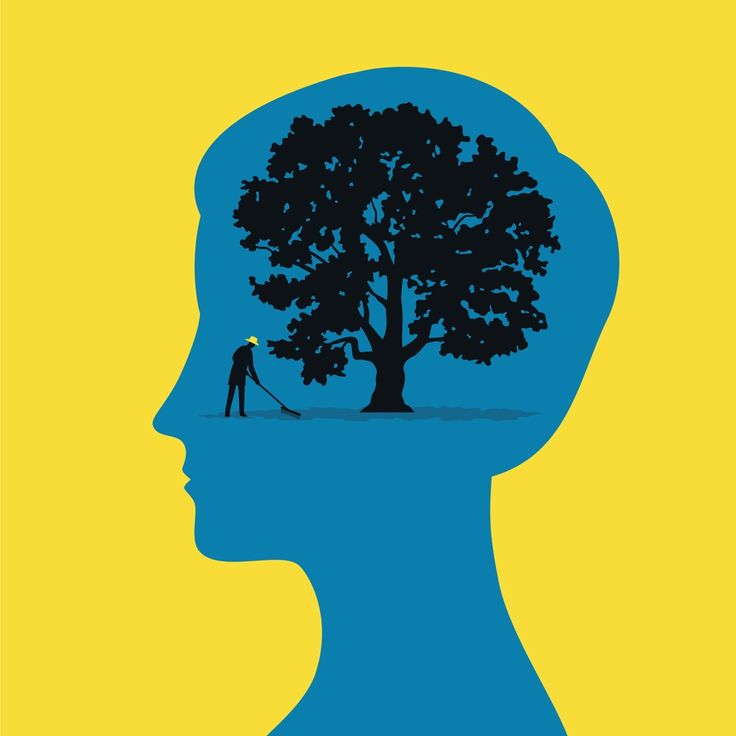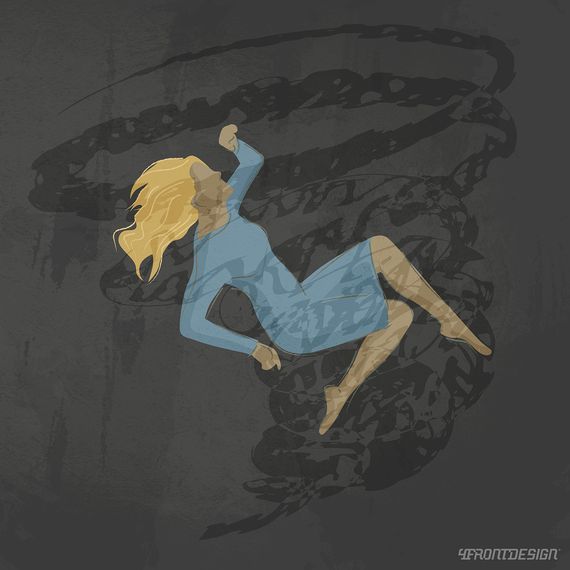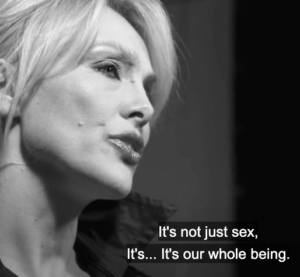Epilepsy is often misunderstood as just a medical condition with dramatic, movie-style seizures. But for many, it’s a deeply personal, often invisible part of life that shapes everything from relationships to self-identity. Here, I explore the real-life stories of three individuals navigating the unpredictable world of epilepsy.
What is Epilepsy, Really? Real-life Epilepsy Stories.
When we think of epilepsy, we often picture a dramatic, convulsive seizure – flashing lights, dropped coffee cups, and a panicked call for help. But the reality is far more varied and complex. For some, epilepsy means absence seizures – moments of blankness where time simply disappears. For others, it involves strange, intense physical sensations or emotional storms that can hit without warning.
Gil, for instance, describes his seizures as intense full-body resets, the kind that break bones and leave him wondering what just happened. Jan, on the other hand, lives with frequent, subtle episodes where she simply fades out of the present moment, only to come back minutes later without any memory of what happened. And Anna, who has a more psychological take on her condition, feels that her epilepsy is deeply tied to her emotional state and sense of self – a sort of physical rebellion when her mind becomes overwhelmed.
The Psychosomatic Puzzle. Understanding Seizures.
One surprising common thread is the strong link between emotional health and seizure activity. Anna, for example, first experienced epilepsy after a period of extreme emotional stress as a teenager. She believes her body learned to disconnect as a protective mechanism, almost like hitting the reset button on an overheated computer. Her seizures started after a traumatic family incident, and ever since, she’s noticed a clear connection between her mental state and the frequency of her episodes.
Jan has a similar perspective. She’s noticed that when her emotional world feels stable, her seizures lessen. But during periods of intense stress, they become frequent and overwhelming. For example, Jan described how, during a particularly difficult month, she doubled her usual number of absence seizures, slipping in and out of awareness up to 12 times a day. The triggers seemed to be everywhere – grief over a lost relative, work stress, and the daily grind of trying to hold herself together while feeling completely detached from reality.
Gil, too, has started to recognize the connection, describing his grand mal seizures as his body’s final act of defence when he refuses to slow down or acknowledge his emotional limits. He sees his seizures as a form of physical rebellion – a way his body forces him to confront the feelings he would otherwise ignore.
Finding Themselves – And Losing Themselves
Another shared theme is the fragile sense of self that often accompanies epilepsy. Anna struggles with a fragmented identity, describing moments of deep disconnection from herself, as if her mind and body are on different continents. She spoke of the intense pressure to stay in control, to keep functioning even as her mind floated away. At times, she’s felt like she’s just an actor in her own life, moving through the motions without any real connection to the person inside.
Jan speaks of blank, empty stretches of time that leave her feeling like a stranger in her own life. She has described how, in the days following a seizure, she sometimes feels as if she’s walking through a dream, detached from her surroundings and her own body. The more stress she feels, the more she checks out, until even the simplest tasks become strange and unfamiliar.
Gil, meanwhile, has spent years pushing his body to its limits, avoiding vulnerability and using adrenaline as a shield against his own deeper feelings. His body, battered by years of extreme sports and risky behavior, seems to have learned this pattern of extreme overexertion followed by sudden, catastrophic shutdown.
But for all three, their condition also offers moments of unexpected self-discovery. After a seizure, Anna often feels a temporary but intense sense of clarity – a kind of forced rebirth where, for a brief time, she knows exactly who she is. Jan, too, finds that coming back from a seizure can bring a surprising sense of presence, as if she’s briefly glimpsed her true self. Gil, perhaps the most physically driven of the three, feels most himself in the aftermath of intense physical effort – when his body has forced him to confront its limits.
Beyond the Diagnosis – What Really Helps
For all three, traditional medical approaches have only gotten them so far. Medication is a must, but they’ve each found that their emotional well-being and sense of self are equally important. Anna, for instance, is deeply interested in the psychosomatic aspects of her condition and believes that addressing her emotional health could reduce her seizures. She has found that the more connected she feels to her emotions, the fewer seizures she has – a reminder that the mind and body are deeply intertwined.
Jan is learning to listen to her body, finding strength in small rituals of calm and connection. She’s started to pay attention to the warning signs her body gives before a seizure – the clicks in her head, the strange gut sensations – and is trying to respect those signals rather than push through them.
And Gil is slowly realizing that perhaps his body isn’t just a machine to be pushed to the edge, but something that needs care and attention, too. He has started to see his seizures not just as unfortunate interruptions, but as messages from a body that desperately needs to be heard.
Moving Forward – One Step at a Time
Living with epilepsy is about more than managing a medical condition. It’s about navigating the delicate, sometimes solo dance between mind and body, finding a sense of self amidst the chaos, and discovering what it truly means to live. For Anna, Jan, and Gil, the journey is ongoing – full of sharp edges, quiet moments, and the occasional, unexpected breakthrough, strange detours, unexpected stops, and the occasional, dramatic plot twist. But as Gil, Jan, and Anna remind me, and anyone who will read this article, it’s also a journey of self-discovery, resilience, and learning to listen to a body that sometimes has a mind of its own.
So, whether you find yourself blanking out in a work meeting, hallucinating after a breakup, or coming to on the floor with a broken tongue and a bruised spirit, know this: you are not alone. You’re part of a quiet, determined tribe of people who are learning, one day at a time, to live alongside the interruptions, to find peace in the chaos, and to keep moving – one step, one breath, one heartbeat at a time.
Warmly, Ksenia Trefilova





